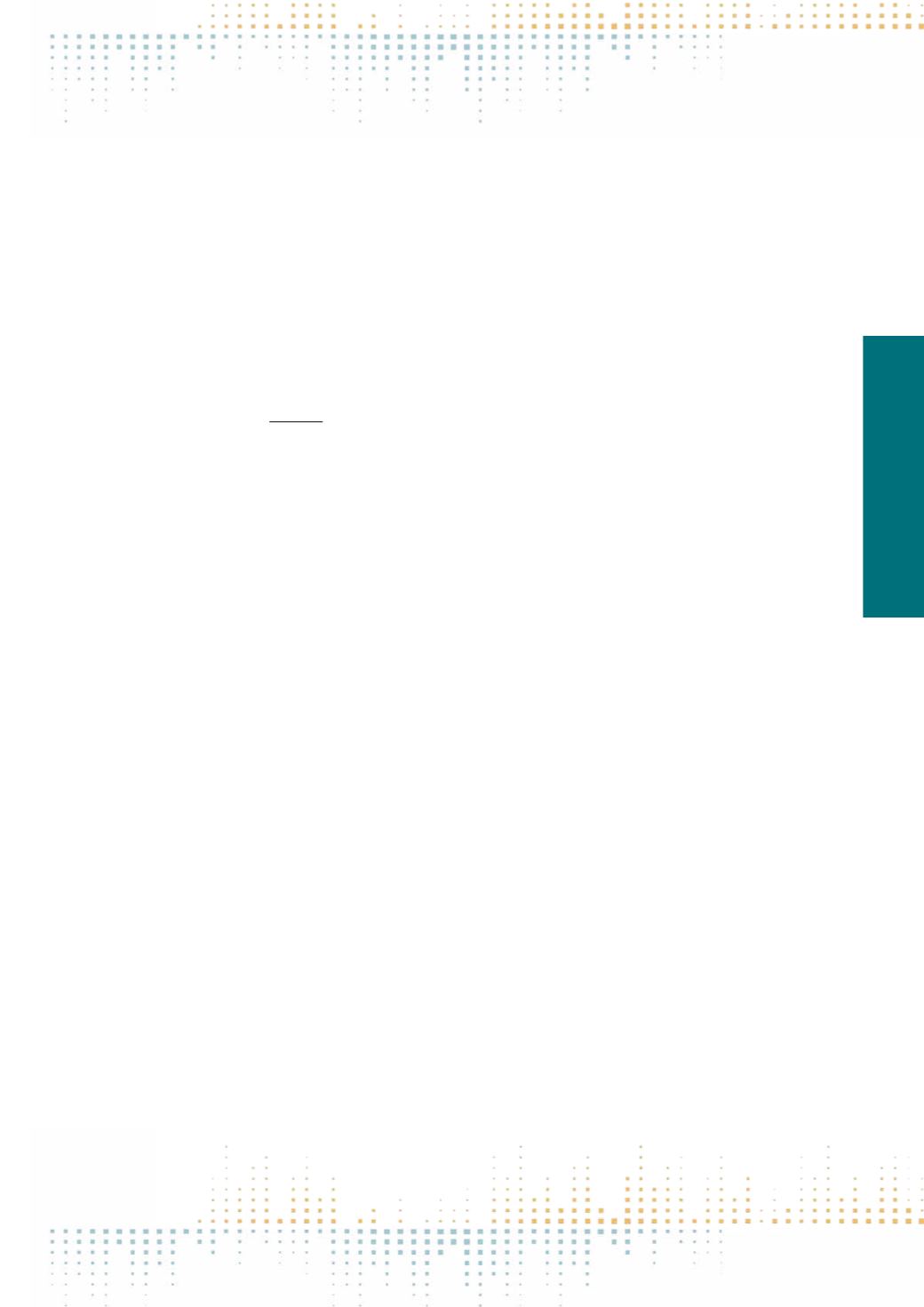

161
Thursday, November 10
0 9 : 0 0 – 1 0 : 3 0
had nationals medically evacuated home fromWest Africa infected with Ebola Virus Disease. The heightened levels of public interest and concern that arose
from these evacuations included a very substantial increase in tweets and retweets on Ebola in both countries.We analyze (by applying document/discourse
analysis) how crisis authorities in the two countries used Twitter and monitored and responded to tweets in order to manage public concern. In addition,
through semi-structured interviews with crisis managers in governmental bodies, the paper sheds a light on questions such as: How can official agencies
ensure information they produce on Twitter is trusted? How has Twitter been incorporated into pandemic preparedness planning after the Ebola crisis? We
argue that in the UK, despite a much increased use of social media generally andTwitter in particular compared to the 2009‘swine flu’pandemic, authorities
nevertheless had a poor grasp of the nature of this new means of communication. The UK preferred a vertically integrated approach, with only minimal
opportunities for the public to engage and little monitoring of the wider Twitter ‘conversations’. This resulted in delays in countering misinformation and
counter-narratives. In Norway, there were examples of crisis authorities displaying a stronger willingness to involve themselves in dialogues with users in
order to correct public misconceptions and mitigate unfounded fear in the population. However, Twitter communication was not dialogical in the sense
that users were seen as someone who could provide the authorities with vital information. Reference: Coombs, T. (2012) Ongoing Crisis Communication.
Planning, Managing and Responding. Third Edition. Los Angeles: Sage.
PN 023
Finding News in the Social Media Stream. Testing the Usability of a Toolset for Information Verification with a Sample of News
Journalists
K. Backholm
1
, J. Högväg
1
, J. Lindholm
1
1
Åbo Akademi University, Vasa, Finland
When a sudden crisis unfolds, information about the event is rapidly spread via social media (SoMe) platforms.The information is reposted and new content
added, and the trustworthiness becomes difficult to verify. News journalists and crisis communicators start gathering information about the event via
several channels, including SoMe platforms (Coombs, 2012; Silverman, 2014). Previous and ongoing research show that verification of SoMe content has
become a central challenge for these occupational groups (Braendtzaeg et al., 2015; Eriksson, 2012). One way of overcoming this challenge is to provide
new technical innovations which can simplify the SoMe information gathering process, and are easy to use during high-stress assignments (Schifferes et
al., 2014).This paper presents the ongoing work with developing a new software toolset to support monitoring, assessing and alerting about SoMe content
during crises and in everyday work. The tool is designed from a user-centered design viewpoint, which means that mapping and testing end-users’current
routines and main needs are central parts of all steps of the product development process. The main focus of the paper is to present results from a usability
test of a first prototype of the toolset. The prototype is a rudimentary version of the toolset and includes crucial main functions which will form the basic
structure of the final toolset. The usability test is conducted with a sample of approximately 15 news journalists. It takes place in a laboratory setting, where
the participants are seated in front of a screen and asked to carry out tasks included in the prototype. Collected data includes subjective methods (survey,
think-aloud, stimulated recall, semi-structured interview) combined with structured researcher assessments measuring level of control during task com‑
pletion. Each test session is recorded. The results will contribute with detailed information about (a) how a toolset which supports information gathering/
verification in social media during a crisis should be designed to enhance usability and situational awareness for journalists, and (b) how several types
of data gathering methods may be combined in studies focusing on usability testing. Results will also be used in subsequent design of the tool prototype.
References: Bae Brandtzaeg, P., Luders, M., Spangenberg, J., Rath-Wiggins, L., & Folstad, A. (2015). Emerging journalistic verification practices concerning
social media. Journalism Practice. Advance online publication. doi:10.1080/17512786.2015.1020331; Coombs, T. (2012) Ongoing Crisis Communication.
Planning, Managing and Responding. Third Edition. Los Angeles: Sage.; Eriksson, M. (2012). On-line strategic crisis communication. In search of a descrip‑
tive model approach. International Journal of Strategic Communication, 6, 309–327. doi:10.1080/1553118X.2012.711403; Schifferes, S., Newman, N.,
Thurman, N., Corney, D., Goker, A.S. & Martin, C. (2014). Identifying and verifying news through social media: Developing a user-centred tool for profession‑
al journalists. Digital Journalism, 2, 406–418. doi:10.1080/21670811.2014.89274; Silverman, D. (Ed.) (2014). Verification handbook. A definitive guide to
verifying digital content for emergency coverage. Maastricht: European Journalism Centre



















